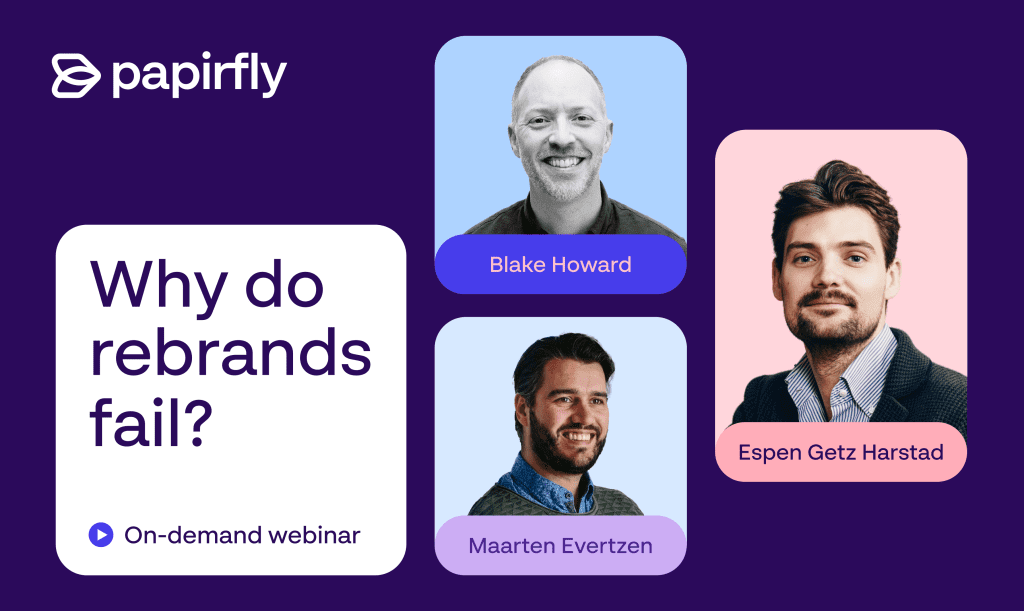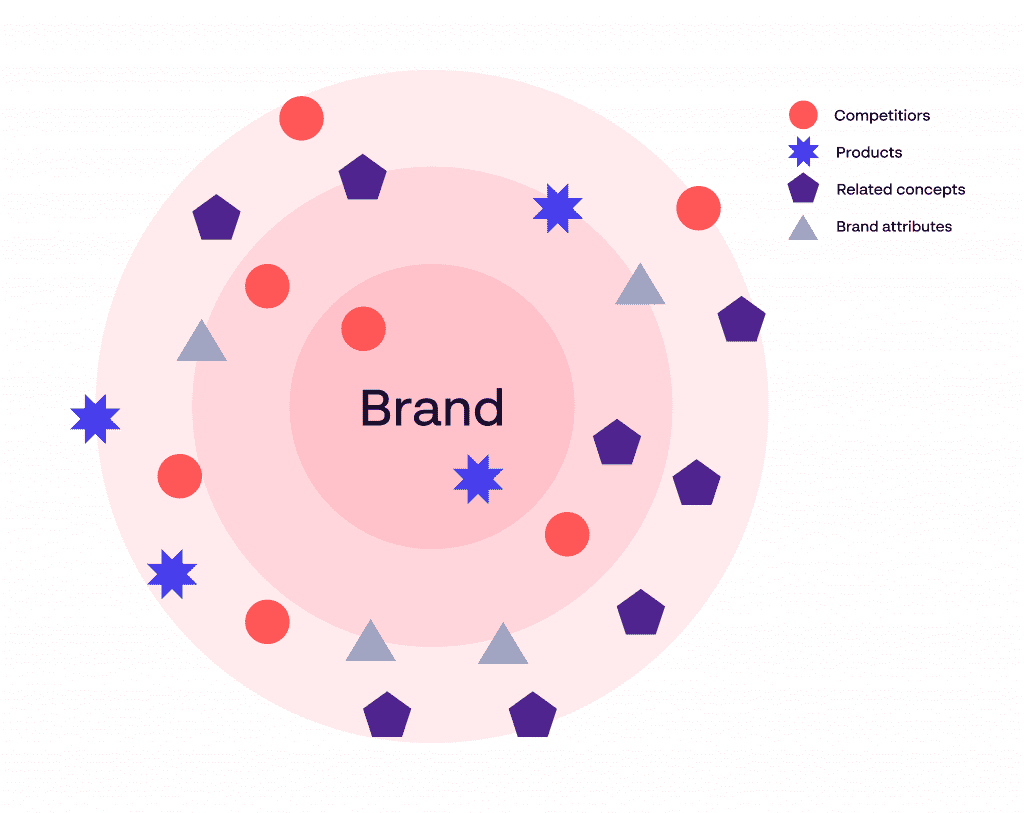Working in marketing is never for the faint-hearted. By the time you’ve gotten up to speed with the latest trend, you’ve already missed five new ones. People enter the industry because they thrive on innovation, creativity and have an unquenching thirst to solve the next challenge – but sometimes it feels as though things are a little too complicated.
If you find yourself often wishing for more time and more resources, as well as less pressure and less reliance on other people, don’t panic as we’re going to give you all the answers in this article. Our team has identified some of the most frequent requests we get and show you how to solve them.
#1 – “I wish we could do more with less resources”
The challenge:
With budgets being cut, more people working from home and no breathing space on turnaround times, it’s becoming increasingly difficult to deliver vast volumes of marketing assets on time and within budget. If hiring is off the table, then the only way to keep up the momentum is to make your existing team more productive.
That’s not to say they’re not already doing their very best, but empowering them with the tools and processes to work smarter, not harder, is the only way to take your content production up a notch or three.
How BAM solves it:
The key to freeing up time, budget and resources is having pre-set templates that are intuitive, intelligent and can be used by anyone. We’re not talking about off-the-shelf designs that anyone can access – the value of great design and concepts continue to be vital for your brand, but having the power to make considered edits is important to reduce the reliance on external agencies that takes up so much time and money.
With smart templates from BAM by Papirfly™, you have variables within a predefined design that can allow even those with zero design knowledge or experience to make easy updates without compromising your brand or creativity. Teams can quickly create new digital or print designs in the form of social media posts, HTML emails, brochures, billboards and more. All exported at the right size, in the correct format.
#2 – “I wish we could make these quick design updates ourselves”
The challenge:
Not having designers in-house means spending money externally for all your design needs. This works well in most cases, but should a last-minute text change come in or you decide to create a quick adaptation of a particular asset, it means going back to the agency, who may not be able to fit it in right away and it’s going to cost you more money. It’s not ideal, particularly when you’re up against the clock.
How BAM solves it:
Engaging your agency for every little tweak or update becomes costly for you and pretty painful for them. These updates could be made possible if guidelines were pre-programmed on specific asset types. This is where BAM comes in.
Here’s just one of many examples that demonstrate its power. You can create a social post that can only alternate between exact colour sets, only includes two lines of text and keeps the logo fixed to the bottom-right no matter what.
When you or your agency sets the rules contained within the templates, you have total peace of mind that no matter who in the world is making amends, they are doing so on-brand and without spending additional budget.
Likewise, should you need to adapt a campaign for a specific country or territory, teams will be able to update colours, logos, language and other specifics in a matter of minutes.
#3 – “I wish we had the capability to deliver video in-house”
The challenge:
Video has become essential. Specialist production houses can be pricey. Your team needs to deliver videos at a greater pace than can be delivered. They need to be reactive and can’t sit around hoping deadlines will be met before the topic becomes redundant.
There is also an abundance of different tools online that help you create videos, but these can be expensive, are largely restrictive in what you can do branding-wise, and also require a certain level of knowledge or expertise in the software.
How BAM solves it:
Within your creation suite, you are able to easily import your branded intro and outro slides, dividers, edit transitions, sound levels, add music, text, imagery, video content and much more.
What sets this software apart from others is that it’s designed to be easy for anyone to use, sits within an already familiar portal where users can easily import the elements they need, and allows you to easily export in different sizes and formats. There are no features limited to certain levels of ‘package’ – once the module is available in your portal, you get access to everything you need.
#4 – “I wish we could bring our brand in-line globally”
The challenge:
When multiple agencies and in-house teams are in charge of your brand across the globe, messaging can sometimes get diluted, brands can get misinterpreted, and chaos can ultimately ensue. Having all eyes on teams and each asset produced is a Herculean task for anybody. Guidelines must be issued and adhered to, the proper foundation work for your brand elements must be laid and rules must be cemented for each country or team across the globe.
How BAM solves it:
A birds-eye view is absolutely possible. As is re-issuing guidelines. As is having brand rules that are enforced automatically, while allowing global teams to have flexibility and freedom within a framework. All with BAM.
Outside of the educate section, which houses everything your teams need to execute your brand expertly, the create section uses the intelligent templates to make sure teams are only able to edit elements of a campaign that you predefine, and also ensures things like logos, translations and imagery are all culturally relevant.
The store & share part of the portal, a powerful DAM-like system, acts as a central repository for files, elements, designs and imagery, giving individuals access to only the files they need and allowing them to make edits or re-format a desired piece of collateral all within the same SaaS platform.
#5 – “I wish we could produce as much as the teams with bigger budgets”
The challenge:
Brand budgets are not always distributed evenly for offices across the world, but that doesn’t mean demand for marketing collateral isn’t consistently high.
When you’re under pressure to do what you can with less budget, perhaps fewer team members than your other colleagues, or want to be more reactive, having something that allows you to produce content effectively within your existing team is very important. Budget has its limitations, but empowering employees to easily produce assets en masse with BAM – while using agency-designed templates – gives everyone a level playing field.
How BAM solves it:
Because BAM is a single SaaS licence, it means that no matter how many assets teams produce, this is all covered within the software cost. Technically there is no limit to how many marketing assets each team can create each year.
Stop wishing, start delivering
We understand the nuances of marketing, and the challenges teams face on a daily basis. We work with some of the most recognised brands globally, such as Coca-Cola, IBM, Vodafone and more. With over 500,000 users of BAM by Papirfly™ worldwide, we continually push the boundaries of what’s possible, to break down some of the biggest barriers for marketing teams worldwide.
You can find out more about BAM here, or if you would like to see the magic first-hand, you can book a demo with one of our team.
Table of contents:
- #1 – “I wish we could do more with less resources”
- #2 – “I wish we could make these quick design updates ourselves”
- #3 – “I wish we had the capability to deliver video in-house”
- #4 – “I wish we could bring our brand in-line globally”
- #5 – “I wish we could produce as much as the teams with bigger budgets”
- Stop wishing, start delivering





















